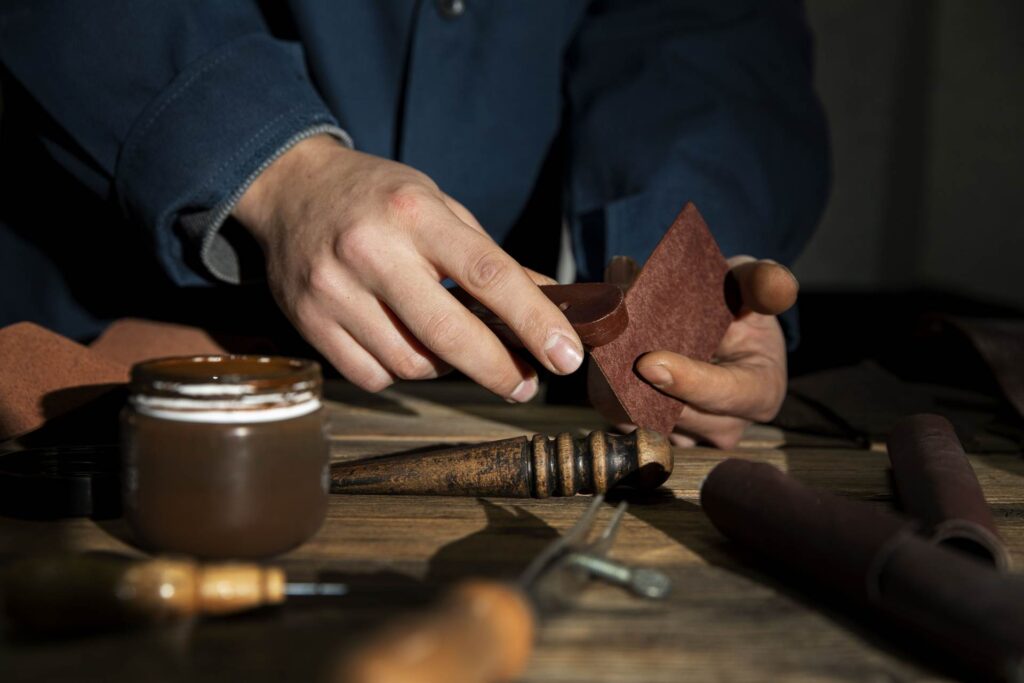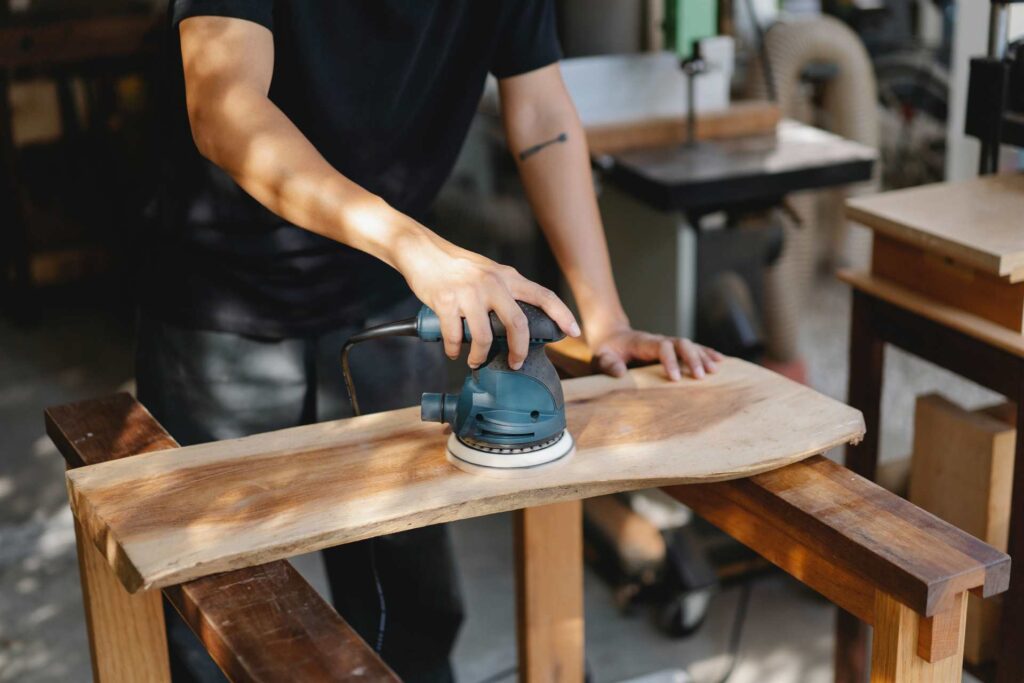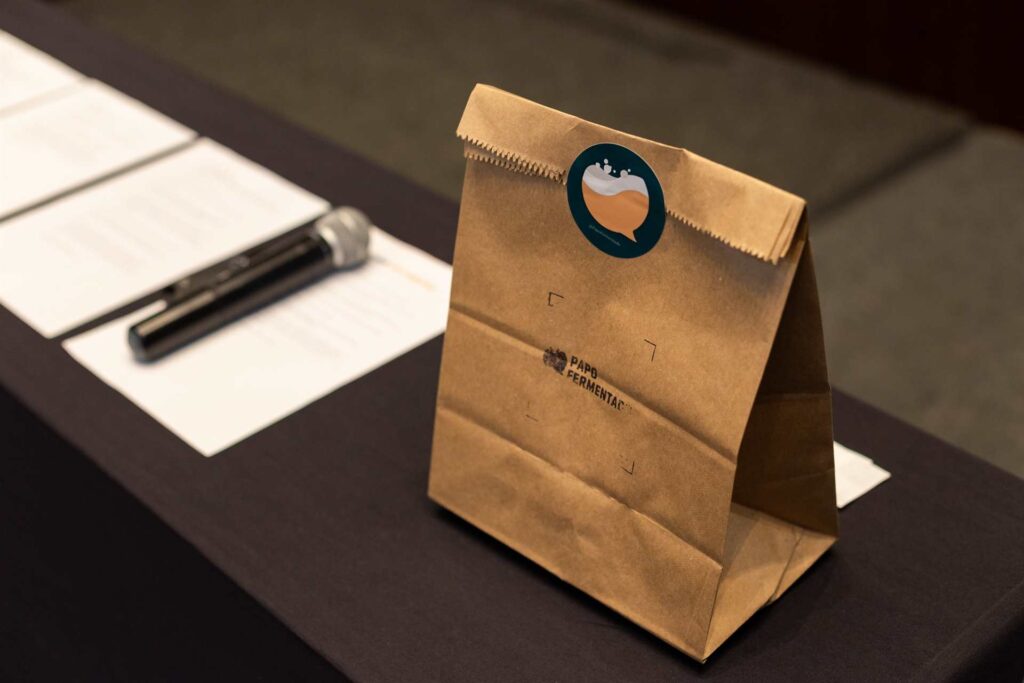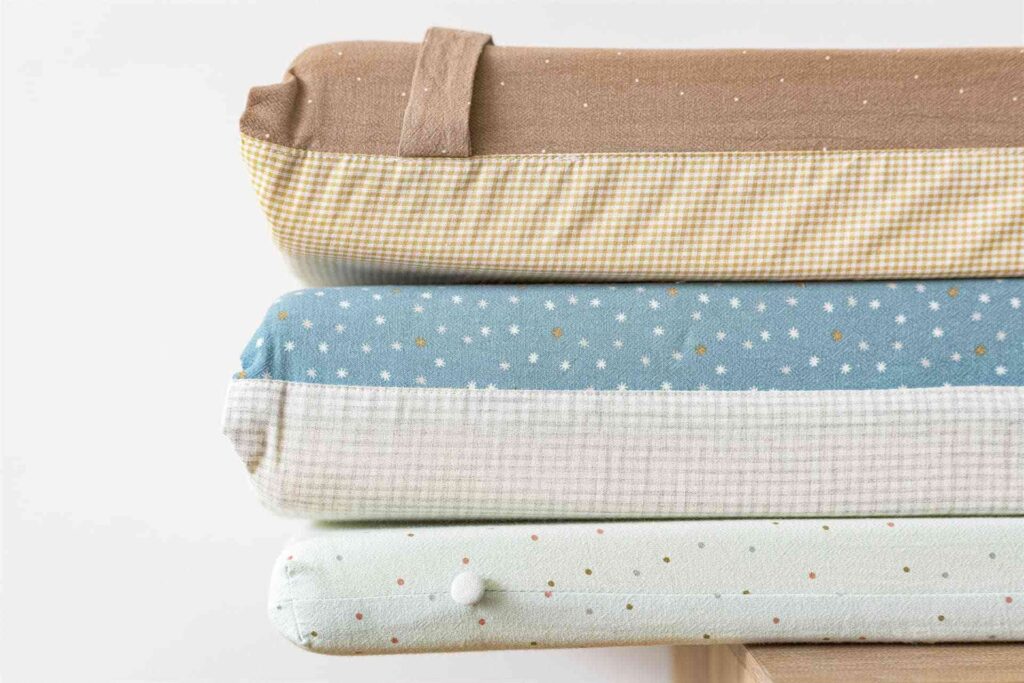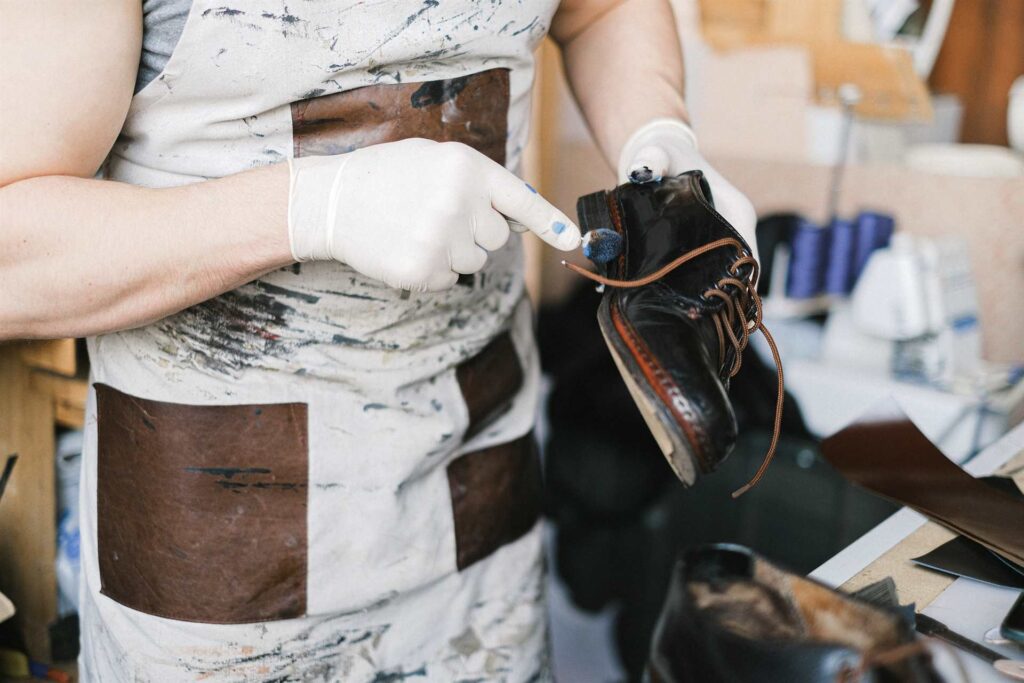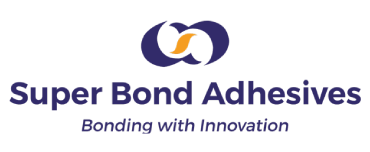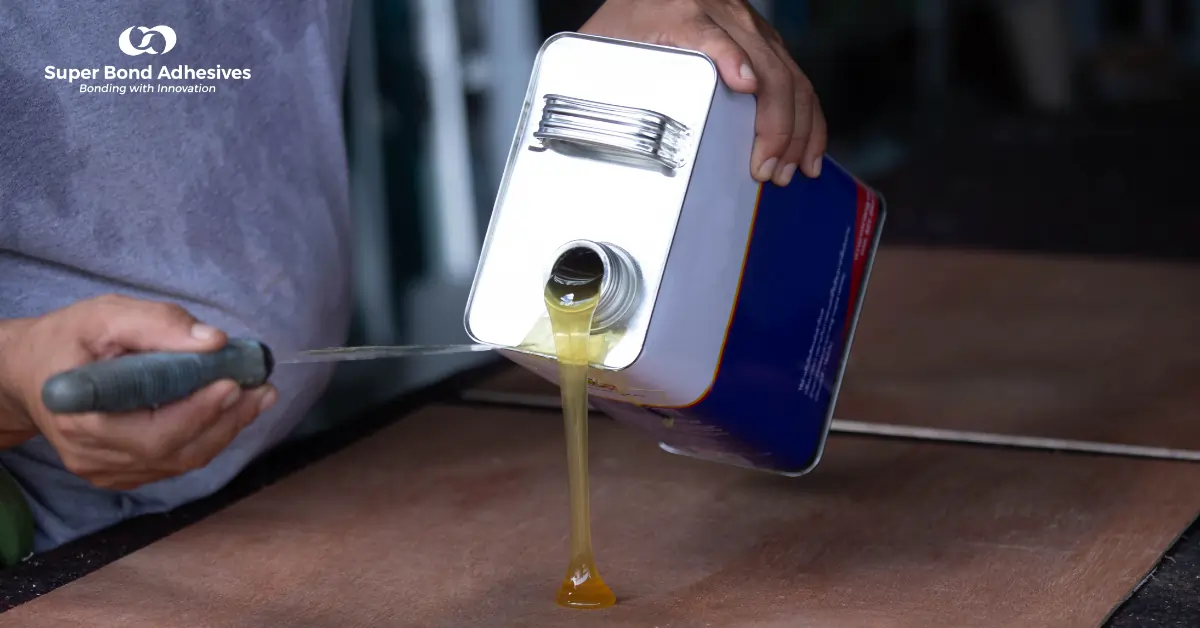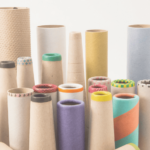At Superbond Adhesives, we strive to offer innovative and sustainable adhesives for a range of industries and uses. Our rubber based adhesives are formulated specifically and intended for multiple everyday-use products. They exhibit high initial tack and guarantee repeated high-performance binding and flexibility in all of your operations.
This is our definitive guide to rubber based adhesives, types, and applications.
What are Rubber Based Adhesives?
Rubber based adhesives are adhesives with rubber as the main component. They can be formulated with natural or synthetic rubber to be blended with additives to create a flexible, highly tacky and inexpensive adhesive.
Rubber based glue is a great option for indoor use and meeting your bonding needs with a variety of substrates, including rubber, metal, plastic, fabric, etc.
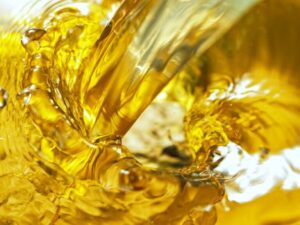
How are rubber based adhesives made?
Rubber based adhesives are formulated by combining natural or synthetic rubber with solvents and additives to form a tacky liquid that will adhere materials together.
At Superb Bond, our rubber based adhesives undergo a careful and thorough process using the best ingredients and methods to give you unbeatable bonding results.
We carefully select better natural and synthetic elastomers and polymers based on strength, flexibility, and endurance in high-stress situations.
Our experts mix these elastomers with the latest solvent systems available (toluene, hexane) at specific temperatures designed to provide the right fluidity. We add our exclusive formulations of tackifiers, plasticizers, antioxidants, and curing agents. This enhances adhesive strength and flexibility in order to give our products strong, enduring bonds.
Using a cutting-edge vacuum stirring and cooling system, we have accurate process conditions that avoid early curing while achieving the maximum molecular strength in the adhesive. This controlled process maximises dispersion of fillers like calcium carbonate to enhance internal strength, while maintaining an economic advantage.
Lastly, our adhesives go through a carefully controlled curing stage that may involve heating or exposure to air. This hardens the adhesive into a rigid, elastic bonding that works effectively on a wide variety of surfaces and industries.
What are the advantages of rubber based adhesives?
Rubber adhesives can be suitable for bonding a variety of substrates like rubber, metal, plastic, fabric. Hence they are useful and adaptable in different industries.
Long Lasting and Resistant:
They are resistant to moisture, heat, vibration, oils, and solvents making them durable adhesives even in harsh environments. Moreover, they may be resistant to rolling and expansion while still maintaining similar adhesive properties.
Fast and Simple to Apply:
Rubber adhesives set quickly and can be applied easily with brushes, sprays, or rolls. This speeds up production or repair.
Economical:
They are usually less expensive than some of the other adhesives but still produce great results.
Ideal for Flexible Products:
They don’t lose flexibility hence, they are great for items that repeatedly get stretched or bent, such as soles of shoes, auto parts, and electronics.
Super Bond rubber adhesives provide immediate, easy adhesion with strong initial tack for quick application. They are versatile to bond to a variety of substrates as they are flexible and resistant to water, chemicals, and temperature changes. They can perform long-term for a variety of extremely high movement applications.
Rubber based adhesives are used in bonding laminates, foams, furniture, tapes, automotive assemblies, packaging, etc, because of their initial tack, strength, and good flexibility. Below are some of the uses of rubber-based adhesives as well as our own range of adhesives for each application:
Applications of rubber based adhesives in automotive assembly
Superbond’s rubber based adhesives are used in automobiles in assembly and car interiors. They are used in car seats to join layers of padding, foam or leather to seat frames. Rubber-based glue is also used in attaching different parts in the car’s body, like hood fixing, side panels and boot lining.
Our rubber-based glues are used in the dashboard and door panels to bind the panels together. Another application of these adhesives is weather stripping—sealing doors, windows, and other openings to keep out water, dust, and noise, ,keeping the car interiors clean and offering a comfortable experience.
Our rubber-based adhesives come in sprayable form, which makes it easy to apply them and perfect for car interiors such as headliners, upholstery, and other interior parts.
HVAC applications of rubber based adhesives
In HVAC systems, our rubber based adhesives are used to seal and stick parts together, They are used in joining rubber parts, insulation and metal surfaces.
Rubber adhesives stick well to rubber, provide strong bonds even under temperature changes. They also provide flexible bonds that keep their strength even under tough conditions like moisture, pressure changes and continuous use. This makes them ideal for use in HVAC applications.
At Superbond, we provide brushable rubber based adhesives specially designed for use in HVAC applications for sealing joints, insulating parts and bonding materials like rubber, metal, plastic and insulation foam together preventing air or water leaks.
Uses of rubber based adhesives in footwear and leather products
Rubber based adhesives are used for applications in footwear and leather products for bonding shoe soles or uppers, attaching insoles, or securely attaching trim or decorations. Because rubber based adhesives have flexibility and good elasticity, they allow all parts of a shoe to move together without cracking.
Rubber based adhesives are used in leather products for joining leather with leather or with synthetic materials. These adhesives provide a strong bond to leather, which stays firm even with daily wear and tear.
As these adhesives set quickly, they speed up the production processes.
Applications of Rubber based adhesives in mattresses
Our rubber based adhesives are one of the best glues for polyurethane foam used in mattresses. They are also used for attaching fabric covers to foam or wooden frames so that the mattress looks clean and finished.
Rubber based adhesives are used to attach edge supports like foam sides or springs to the mattress frames to provide support for sagging and added strength. They hold mattresses together tightly, making them comfortable, durable, and attractive.
Uses of rubber based adhesives in woodwork and furnishing
In the woodworking industry, rubber-based adhesives are used to join pieces of furniture like chair frames, table tops, cabinets and upholstery. They are also used in joining wooden parts in making boats and other marine wood structures due to their moisture resistance.
These rubber glues are used in making musical instruments or wooden toys that require precise and lasting bonds. They are also used in fixing wood panelling to walls for home or office interiors, as well as attaching wooden floor planks to the subfloor- to make floors stay strong and secure. They are strong, durable and flexible- do not crack when wood expands or contracts.
Moreover rubber based adhesives are used for sticking carved wooden pieces for creating decorative designs.
Besides woodworking, rubber adhesives when used instead of other adhesives in furniture work for sticking foam and fabric together for sofa cushions or pillows, and they are used for closing holes and tears in foam cushions and sofas so as to stop the filling from leaking out.
Rubber adhesives are also used for attaching labels and tags to pillows, cushions, and furniture parts to display brand name and product information.
These uses concern the durability, comfort, and appearance of foam products and furniture.
How are rubber based adhesives applied?
Rubber based adhesives are typically very versatile and are extensively used in a number of industries including automotive, footwear, furnishing, insulation and general manufacturing.
Whenever rubber based adhesives are applied all surfaces that require adhesive are cleaned free of oil, grease and previous adhesive to achieve the best adhesion and to avoid premature bond failure.The adhesive must be evenly applied to both surfaces then the surfaces should be bought together and set for several hours. For best results, the materials should be clamped during curing to achieve maximum bond strength.
Rubber-based adhesives can be applied by brush, spray, or even in tube form, which makes them suitable for both small- and large-scale usage.
Superbond offers a diverse range of rubber-based adhesives designed for both industrial and personal use. Their rubber adhesives are available in brushable, sprayable, and pressure-sensitive hot melt forms.
How are brushable rubber adhesives applied?
Brushable adhesives are frequently used in applications requiring accuracy and control of coverage (especially over smaller or contoured surfaces), for example, automotive interiors, furniture parts, footwear and leather goods, flooring and carpets, and also for general industrial maintenance.
Only a thin layer of adhesive is applied to both surfaces. Application thickness and evenness are important for optimal results. These adhesives bond within a few minutes—more quickly for absorbent surfaces than nonabsorbent surfaces. To ensure a strong initial bond, pressure should be applied manually or by using a clamp once the adhesive is tacky.
How are sprayable rubber adhesives applied?
Sprayable adhesives are designed for larger surfaces or for applications which need even and quick coverage. They are used for applications in foam and furnishing, flooring, automotives and construction panels.
The adhesive is sprayed with a spray gun or similar apparatus, where an even coat of adhesive is applied to both surfaces. Spraying permits a faster and even more consistent job when completing larger surfaces. After spraying, it will be necessary to let the solvent evaporate for about ten minutes. Once the adhesive is tacky, you can assemble the two joint surfaces carefully and realign them, if necessary. Once the bond is made on contact, it cannot be repositioned.To form a strong initial bond, pressure should be applied either manually or by using a roller.
How should rubber based adhesives be stored?
Rubber based adhesives can lose their strength if not stored properly. To maintain their performance and shelf life, proper storage measures should be taken which include:
Temperature Control
Store Superbonds rubber-based adhesives in a cool environment, between 5°C and 35°C (41°F to 95°F), specifically 15°C to 25°C (59°F to 77°F) is suggested.
Adhesives should not be kept in hot or cold extremes, as the temperature will cause their chemical structure to fail. Adhesives should never be stored below their freezing point as the adhesive will lose its full bonding capacity.
Adhesives should not be stored near heat sources, other than ambient temperature, like radiators, direct sunlight, and/or hot equipment.
Humidity and Protection from Moisture
Adhesives should be stored in a dry environment, and you should try to keep the humidity below 75%. Humidity and water damage will make its way into an adhesive. For a rubber-based adhesive, humidity makes the adhesive drastically change in consistency causing it to lose bonding strength.
Container Management
Containers should always remain tightly sealed if not in immediate use. This will lessen the evaporation of the solvent and to protect the adhesive from the presence of air in the container. Air can speed up curing and contamination. Used adhesive should never be returned to the original container. Returning used adhesive can return dirt and moisture. Use clean tools with the adhesive to keep this in mind.
Ability to Protect from Light and Air
The adhesives should be placed in a location that is away from sunlight or any strong artificial illumination. UV rays cause degradation of bonds among chemicals in rubber-based adhesives, rendering them useless. The site where the adhesives are stored should have good ventilation. Ensure that any form of draft is prohibited, as it constitutes a pathway for dust particles and contaminants.
Safe Storage Location
When selecting a storage area, consider clean, dust-free locations. Storage areas should be located away from ozone-generating equipment (electric motors) or high-voltage electrical devices (reducing power, power lines) that may introduce ozone, a poison to rubber. Adhesives should be stored on shelves, not on the floor; floors are often not moisture shielded and temperature may fluctuate excessively.
Shelf life and rotation
Superbonds rubber based adhesives have a shelf life of up to 2 years when stored under the right conditions. Most rubber adhesives should be used in 6 to 12 months for best performance. Always check the expiry dates and maintain a “first in, first out” rotation to take advantage of the older stock before newer.
Other Safety considerations
Many rubber-based adhesives have flammable solvents in them. Store adhesives away from heat, flames and smoking, and in an area that is secure and away from children and unauthorised persons. Store adhesives in an area that is adequately ventilated but not excessively so that vapours can possibly accumulate to concentrations that may pose a risk to your health.
If adhesives have been stored in cold temperatures, let the adhesive come to room temperatures for several hours or overnight prior to use, as cold temperatures could cause the adhesive to temporarily thicken. If the adhesive has been sitting for long periods, be sure to stir it well before use. There is content that may develop a skin on top when stored. If the overall product appears to be good, then you may stir the skin back in.
By adhering to these storage procedures and requirements, your Superbond rubber-based adhesives won’t depreciate in sticking ability, flexibility and dependability via their intended shelf life, providing you consistent and dependable performance in your uses.
Explore our range of rubber based adhesives tailored to your bonding needs.
Superbond provides a complete line of rubber-based adhesives for use in most industries. Adhesives are normally classified as sprayable and brushable, the two having differing properties and application techniques that adapt to substrate and user requirements.
Sprayable Adhesives
Super Bond’s sprayable adhesives are utilised primarily to adhere different substances such as foam, fabric, plastic, and metals. This product excels in areas such as interior trim work, headliners, bonding, and upholstery possibilities. Their sprayable adhesives ensure a reliable and permanent bond, two things that are essential when manufacturing or repairing an automobile.
Designed to withstand extreme temperatures commonly encountered in automotive environments, Superbond’s sprayable adhesives ensure reliable performance in both hot and cold conditions.
Super Bond adhesives can be applied quickly and evenly due to their sprayable nature which reduces labor time and increases production speed. Their strong initial tack minimises the need for additional clamping and streamlines the assembly process.
-
Super Bond Yellow 4 and Yellow 5
This is a sprayable rubber-based adhesive formulated with special thermoplastic elastomer polymers that have unique tacky properties with high coverage factors. These are specifically formulated for bonding strength and versatility. This adhesive provides good adhesion to a variety of automotive substrates, especially foams and fabrics.
The sprayable texture of this adhesive ensures uniform coverage and application ease. Free from benzene and with a low VOC, this adhesive is environment-friendly and suitable for fast-paced operations in the automobile, furniture, mattress manufacturing and flooring operations.
The drying time for Super Bond Yellow 4 is about 1-2 minutes and for Super Bond Yellow 5 it is 2-3 minutes.
-
Super Bond Yellow 7
This is a sprayable rubber-based adhesive formulated using special polymers that have unique tacky properties and high coverage. Due to its quick setting, it is suitable for multipurpose foam and furnishing applications. It has a low odor and is hence used for applications in the mattress industry, furniture sector, cushion chairs, modern sofas, and large-surface foam bonding. The drying time of this adhesive is about 3-4 minutes.
Short drying times aid in faster assembly and reduced production times.
Brushable Adhesives
Super Bond’s brushable rubber adhesives are superior performance adhesives providing superior bonding strength, flexibility, and durability. This makes them perfect for use in the HVAC market, such as sealing and insulating. They are suitable for application on various surfaces, such as metal, rubber, plastic, and insulation materials.
Super Bond’s brushable adhesives provide resistance to temperature changes, vibrations, and environmental conditions. This leads to strong, durable bonds between various materials.They improve the efficiency and dependability of HVAC systems by providing secure joints and seals.
Super Bond offers a variety of brushable rubber-based adhesives, which are:
-
Super Bond SR 4X
This is a brushable rubber-based adhesive with high bonding strength and cost-effective multipurpose use. Formulated for general-purpose bonding, SR 4X offers excellent initial tack and forms strong, permanent bonds resistant to moisture and wearing. Therefore, this adhesive offers a reliable performance on foam, flooring, footwear, and leather goods, along with heating, ventilation, and air conditioning (HVAC) applications.
-
Super Bond SR 5X, 7X and 9X
These brushable adhesives are suitable for heavy-duty industrial uses. Due to their endurance to harsh outdoor conditions, including UV exposure and temperature extremes, they are well suited for outdoor uses too. These adhesives have a better heat resistance and a better bond strength than SR 4X. Therefore, they can be used for more demanding applications.
These adhesives have good weather resistance, provide a strong bond even under various environmental conditions. They’re quick drying and create a strong bond. This makes them suitable for woodworking and furniture applications.
-
Karigar 190
Karigar 190 is a high-performance, brushable, rubber-based adhesive designed specifically for various woodworking applications. It offers superior bond strength and rapid drying time for many solid wood substrates. Its formulation assures that it is durable and the bond is moisture resistant allowing for both indoor and outdoor applications.
It is designed to be used for bonding a variety of surfaces in the woodworking industry. These include plywood, MDF, hardwoods, and laminates. Its superior performance in woodworking applications is assured in terms of exceptionally strong adhesion.
Conclusion
Superbond’s all-encompassing portfolio of rubber-based adhesives is the next generation of bonding technology. It has unrivalled versatility and performance across a multitude of industries. From automotive assembly to HVAC and footwear manufacturing to furniture manufacturing, these adhesives are consistently strong bonding, very flexible and infinitely durable.


